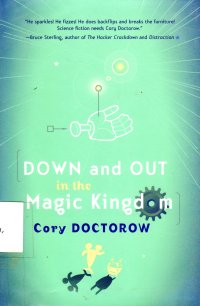 I bought this book six years ago because I recognized Doctorow’s name from the Internet. In those six years, I have read a pile of Executioner novels acquired that same day before picking this book up. In the interim, I forgot it was a novel, and I initially placed it in my carry bag last week to read at the martial arts school while my kids were in class (and I was not, as I recovered from the memorial stair climb).
I bought this book six years ago because I recognized Doctorow’s name from the Internet. In those six years, I have read a pile of Executioner novels acquired that same day before picking this book up. In the interim, I forgot it was a novel, and I initially placed it in my carry bag last week to read at the martial arts school while my kids were in class (and I was not, as I recovered from the memorial stair climb).
But it is a novel, and to sum up: Nothing of consequence happens in an interesting world.
The extrapolated world has people constantly jacked into the Internet, extreme body modifications, and sort-of immortality via consciousness backup and restore to a clone. People live not on cash, but a currency based on social media reputation called Whuffies–if you do a lot of things that people on the Internet value, you have a lot of doors open to you, but if you do not, well, you’re on hard times. Down and out, one might say.
The narrator begins by recounting how he met his best friend, and then the main narrative explains that he (the narrator) returns periodically to Disney World after various adventures. His friend returns, out of Whuffies, and talks again about permanently ending his life. The narrator convinces his friend to not go out on the bottom, but to rebuild his reputation and to go out at his peak. So the two work with the narrator’s girl friend to manage part of the park.
The park itself is run by various ad-hocracies, like-minded individuals who come together to do things guided by people on social media who reward them with likes–and Whuffies–for good ideas. Another attraction developer moves into Liberty Square and threatens the status quo with new technologies–and someone murders the narrator, which makes the narrator go a little off in his defense of the status quo.
Spoiler alert: At the end, status quo is maintained. As I mentioned, nothing of consequence happens in an interesting world.
I’m not sure if the intended message is that nobody can move forward or change in such a society, but that’s what I took from it.
At a little over 200 pages, it’s a pretty quick read, and narratively, it pulls you along. So pleasant, but meaningless.
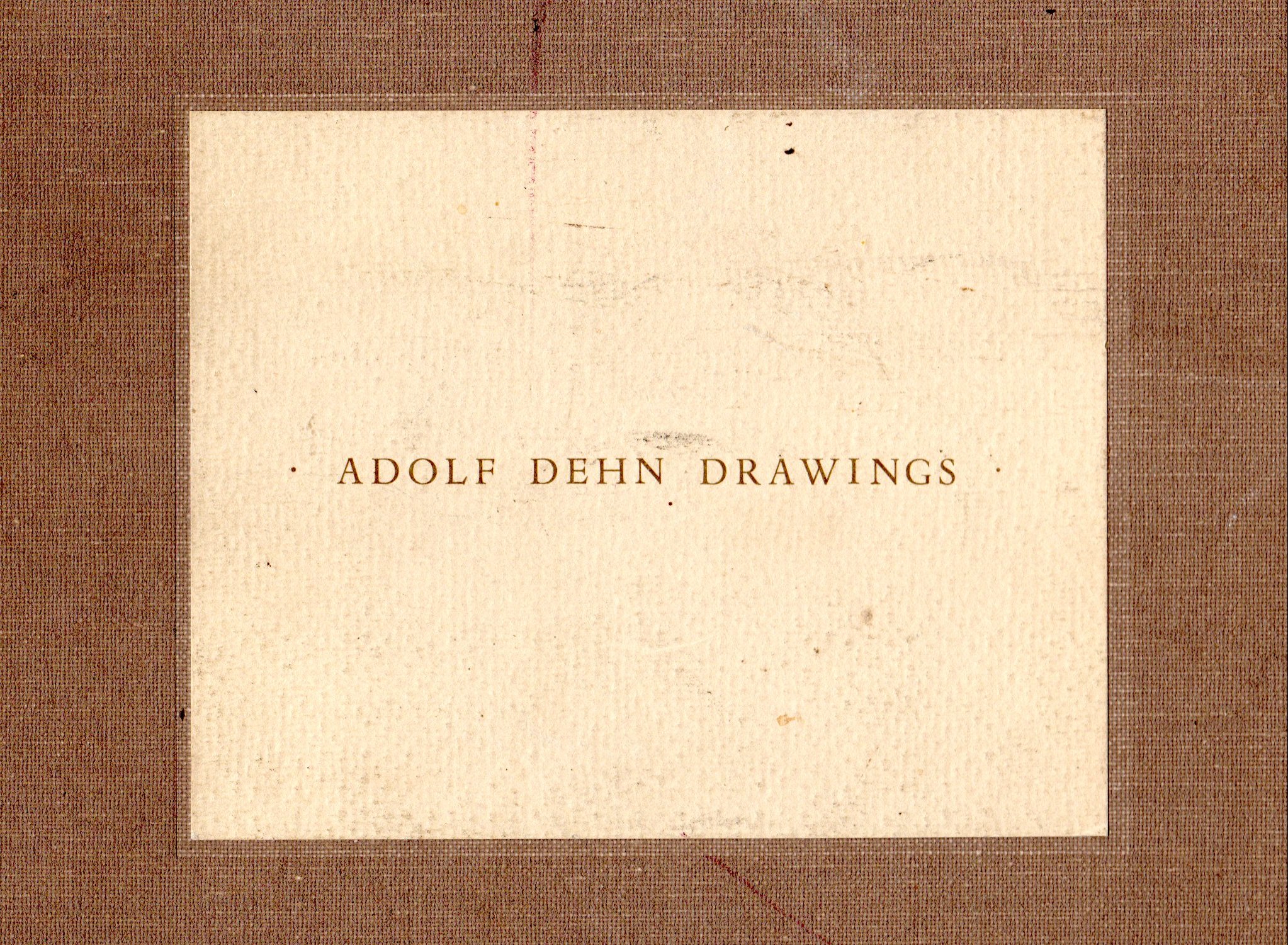 This collection of drawings’ introduction describes the life and times of Adolf Dehn without getting into the Importance of the artist in the milieu. It talks mostly about how the artist approached his work, which is by sketching a bit and then later interpreting his sketch and memory in the finished sketch.
This collection of drawings’ introduction describes the life and times of Adolf Dehn without getting into the Importance of the artist in the milieu. It talks mostly about how the artist approached his work, which is by sketching a bit and then later interpreting his sketch and memory in the finished sketch.


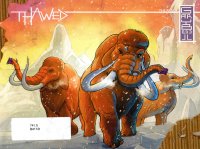 This book is an ex-library book from some unstated library that I picked up
This book is an ex-library book from some unstated library that I picked up 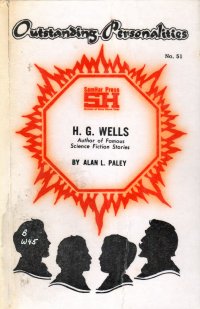 This book is a short biographical sketch and literary history of the early science fiction author who wrote The Time Machine, The Island of Dr. Moreau, The War of the Worlds, and others.
This book is a short biographical sketch and literary history of the early science fiction author who wrote The Time Machine, The Island of Dr. Moreau, The War of the Worlds, and others.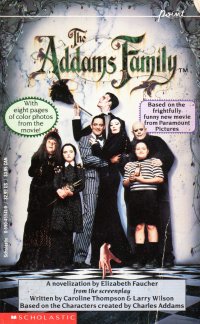 I guess a new animated film of The Addams Family is coming out. Now that I’m watching football, baseball, and hockey on the television, I see more advertisements these days. And, apparently, my youngest son saw an episode of the television show in school last week, for some reason, and he asked me if I’d seen it. I had, but The Munsters played more in syndication in Milwaukee, so I’ve seen more of them.
I guess a new animated film of The Addams Family is coming out. Now that I’m watching football, baseball, and hockey on the television, I see more advertisements these days. And, apparently, my youngest son saw an episode of the television show in school last week, for some reason, and he asked me if I’d seen it. I had, but The Munsters played more in syndication in Milwaukee, so I’ve seen more of them. I don’t know if I should count this as a “classic” or high literature in my annual self-accounting, as it is simply a story about a boy and his dog. Sort of. But it’s a classic, sort of, and it certainly spawned a number of movies and television shows so much that you can still say “What’s that girl? Timmy’s fallen in the well?” and people will get the allusion even though the television show has been off the air for, what, forty years?
I don’t know if I should count this as a “classic” or high literature in my annual self-accounting, as it is simply a story about a boy and his dog. Sort of. But it’s a classic, sort of, and it certainly spawned a number of movies and television shows so much that you can still say “What’s that girl? Timmy’s fallen in the well?” and people will get the allusion even though the television show has been off the air for, what, forty years?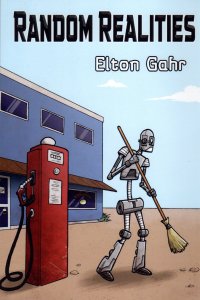 As I mentioned when I read Gahr and Seth Wolfhorndl’s
As I mentioned when I read Gahr and Seth Wolfhorndl’s 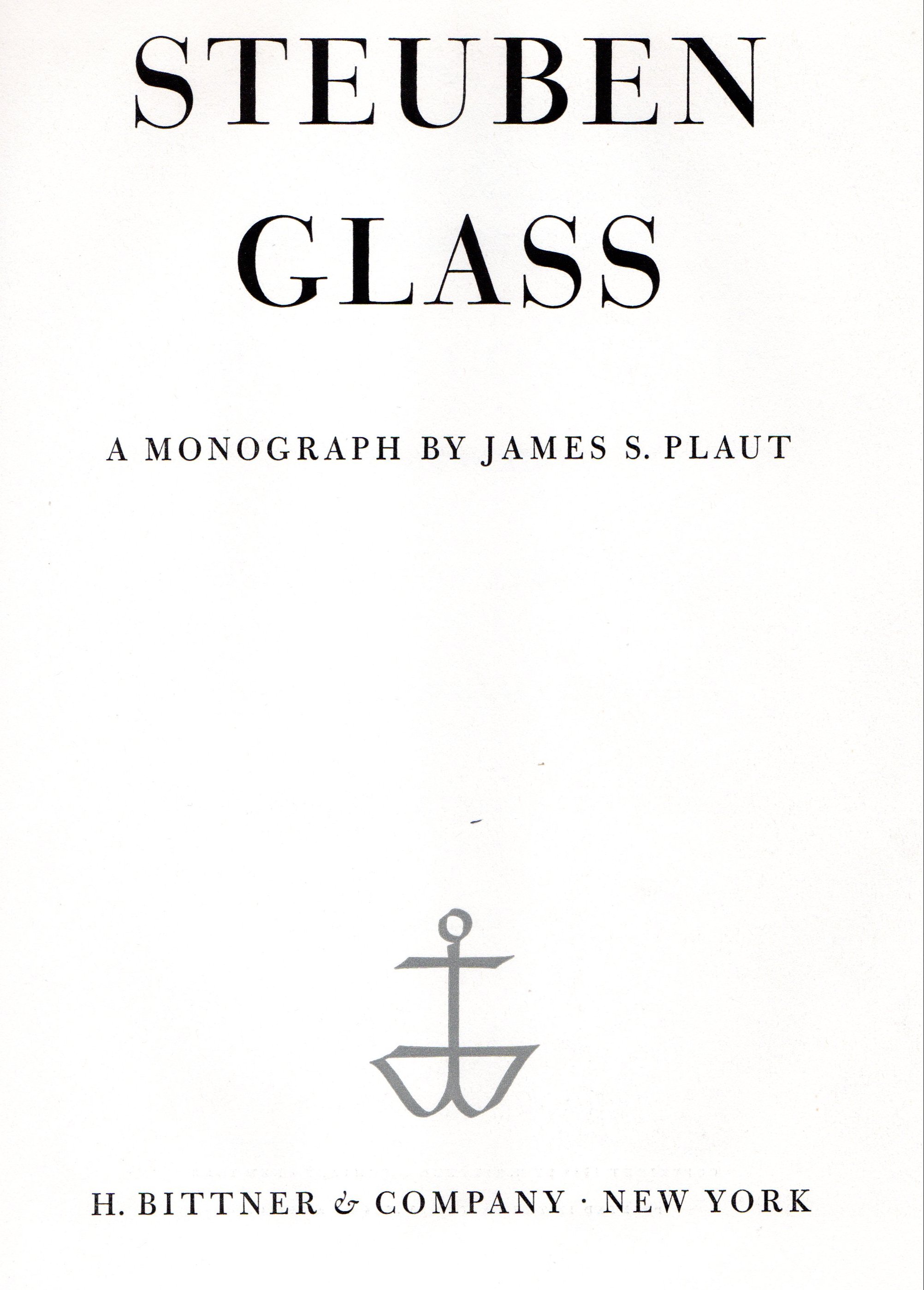 This “monograph” is more of a marketing piece for the (former) Steuben Glass, which was part of Corning that made and sold high-end hand-blown glass objects as well as created pieces for museums to promote the consumer glass.
This “monograph” is more of a marketing piece for the (former) Steuben Glass, which was part of Corning that made and sold high-end hand-blown glass objects as well as created pieces for museums to promote the consumer glass.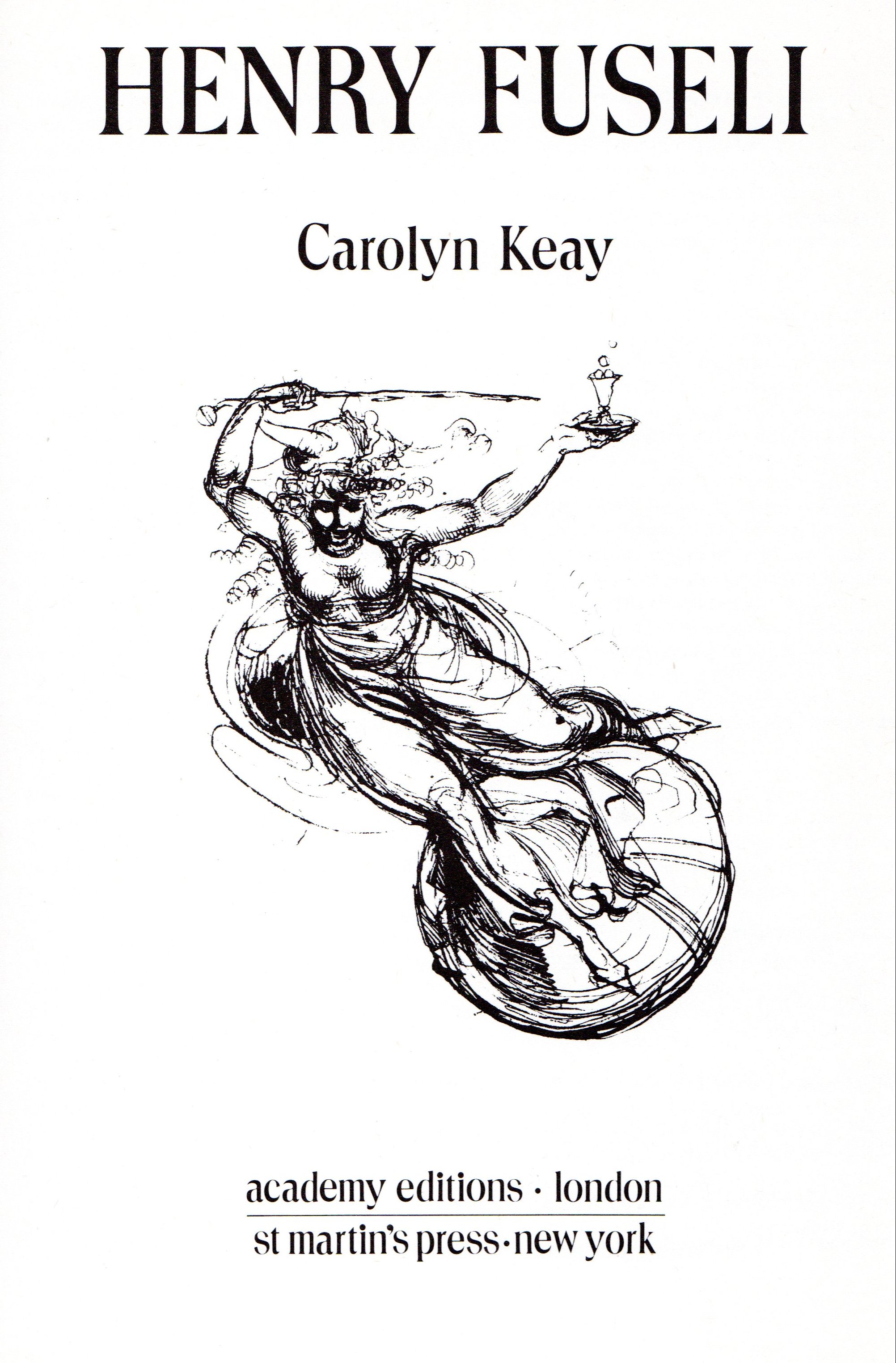 You know, the front material on these monographs tends to be of two varieties. One offers biographical information. The second offers critical interpretation of the artist’s work and what it means and why it’s important. I’d like to generalize and say that the more famous the artist is, the more likely the monograph will have the first type of introduction. You know, they’re famous because their art meant something. However, that’s a bit misleading, as the
You know, the front material on these monographs tends to be of two varieties. One offers biographical information. The second offers critical interpretation of the artist’s work and what it means and why it’s important. I’d like to generalize and say that the more famous the artist is, the more likely the monograph will have the first type of introduction. You know, they’re famous because their art meant something. However, that’s a bit misleading, as the 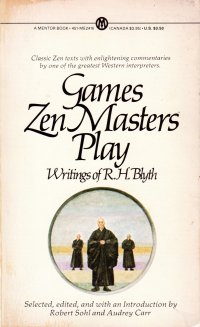 This book collects some commentary on primary Buddhist texts by an early 20th century Nipponphile. R.H. Blyth was born in London and moved to Japan prior to World War II. He was locked up for the duration of it, but continued to live in Japan afterwords. He became quite the scholar in Buddhism and whatnot.
This book collects some commentary on primary Buddhist texts by an early 20th century Nipponphile. R.H. Blyth was born in London and moved to Japan prior to World War II. He was locked up for the duration of it, but continued to live in Japan afterwords. He became quite the scholar in Buddhism and whatnot.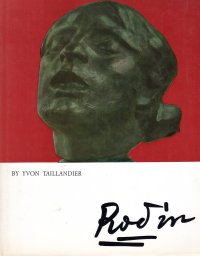 You might remember, gentle reader, that my house is completely done in Impressionism, with maybe a dozen prints of Renoir on the walls along with a Monet print (and the other classic print is a Rembrandt). But what about the sculpture? The only classic sculpture we have is a small rendition of Rodin’s The Kiss because it was a souvenir from the Milwaukee Art Museum which has
You might remember, gentle reader, that my house is completely done in Impressionism, with maybe a dozen prints of Renoir on the walls along with a Monet print (and the other classic print is a Rembrandt). But what about the sculpture? The only classic sculpture we have is a small rendition of Rodin’s The Kiss because it was a souvenir from the Milwaukee Art Museum which has  I bought this book
I bought this book 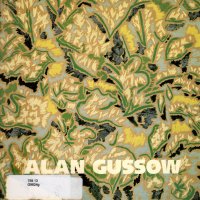 Well. This is a collection of paintings done by the named artist and exhibited in New York and perhaps on the road shortly after the turn of the 21st century. A bit of introduction explains who Gussow was and why he was important, which basically justifies the exhibition.
Well. This is a collection of paintings done by the named artist and exhibited in New York and perhaps on the road shortly after the turn of the 21st century. A bit of introduction explains who Gussow was and why he was important, which basically justifies the exhibition.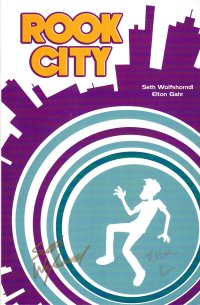 This book is by one of the artists behind
This book is by one of the artists behind 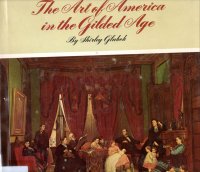 This book is not a real monograph, nor is it a comprehensive survey of art in America between the Civil War and the turn of the 20th century. It’s a very, very brief glance.
This book is not a real monograph, nor is it a comprehensive survey of art in America between the Civil War and the turn of the 20th century. It’s a very, very brief glance.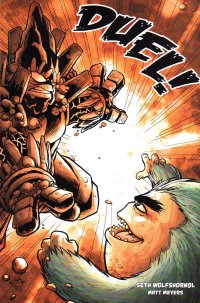 This is a fun little collection of, well, two stories essentially: Duel 1 and Duel 2.
This is a fun little collection of, well, two stories essentially: Duel 1 and Duel 2. I bought this book
I bought this book 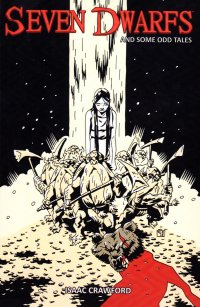 I got this book at
I got this book at 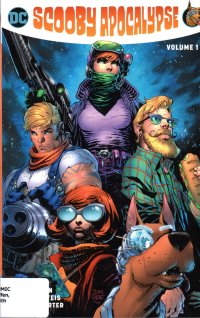 So, Brian J., you’re saying. It’s not enough that you count looking at artist monographs as reading a book for your annual total, but now you’re counting comic books? Well, in my defense, gentle reader, this is a collection of the first six comics in a re-imagining of the Scooby Doo universe published by DC comics from 2016-2019 (or so I learned on the
So, Brian J., you’re saying. It’s not enough that you count looking at artist monographs as reading a book for your annual total, but now you’re counting comic books? Well, in my defense, gentle reader, this is a collection of the first six comics in a re-imagining of the Scooby Doo universe published by DC comics from 2016-2019 (or so I learned on the 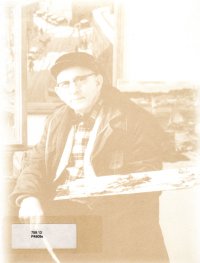 I liked this collection better than
I liked this collection better than 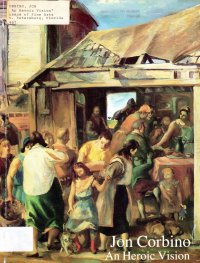 Well, this is the first artist’s monograph that I’ve browsed during the 2019-2020 Packers season.
Well, this is the first artist’s monograph that I’ve browsed during the 2019-2020 Packers season.